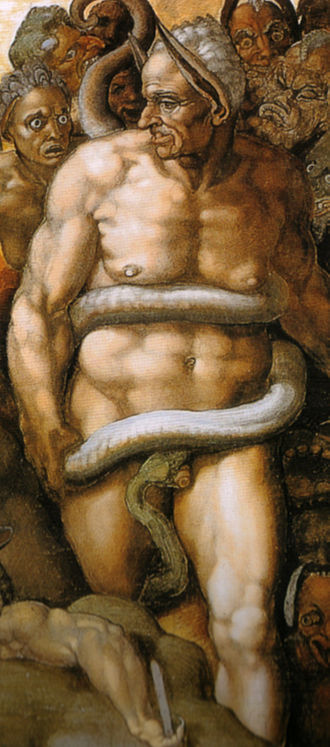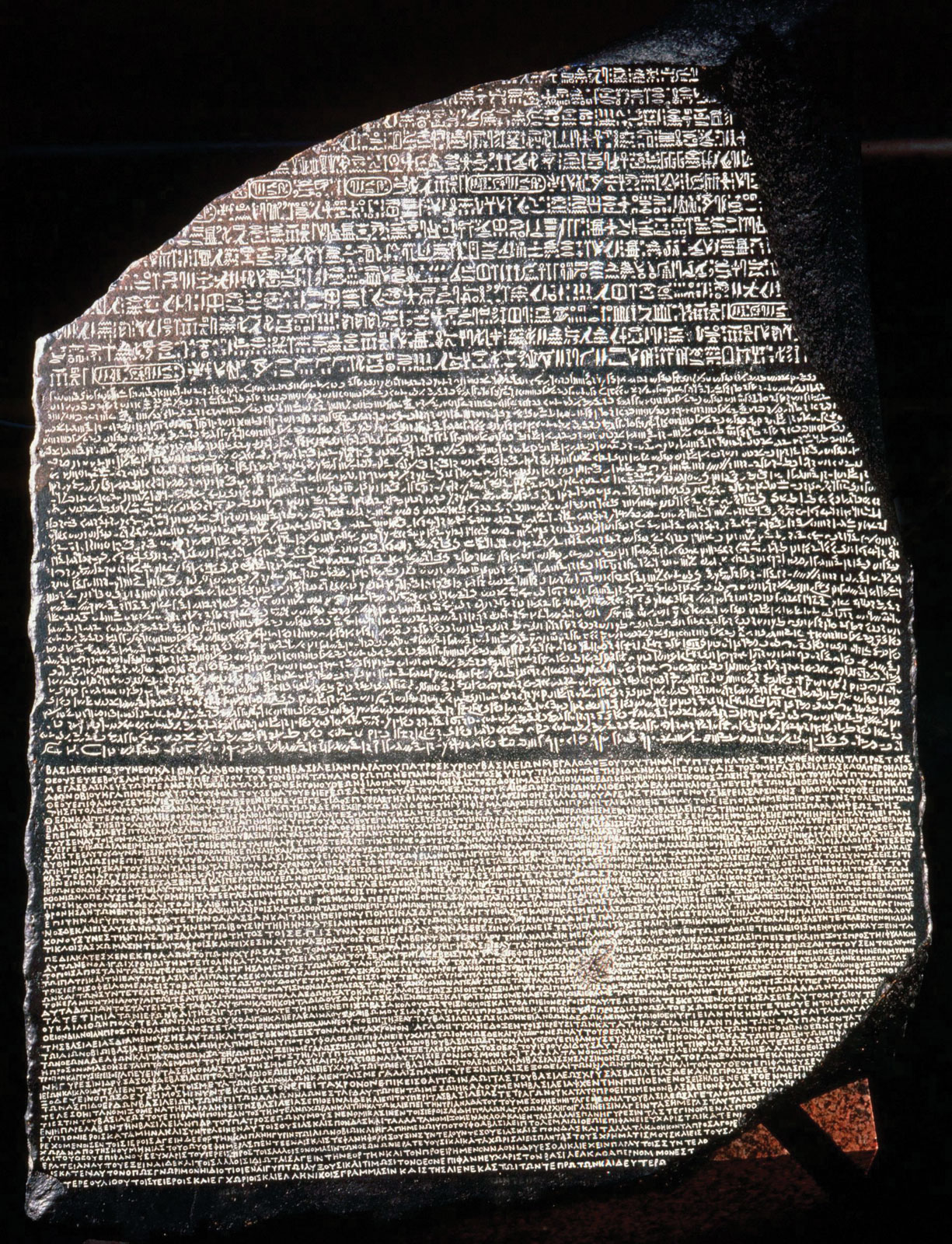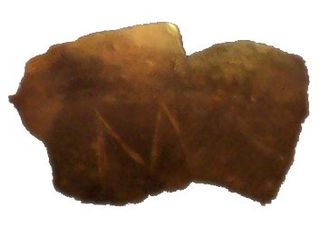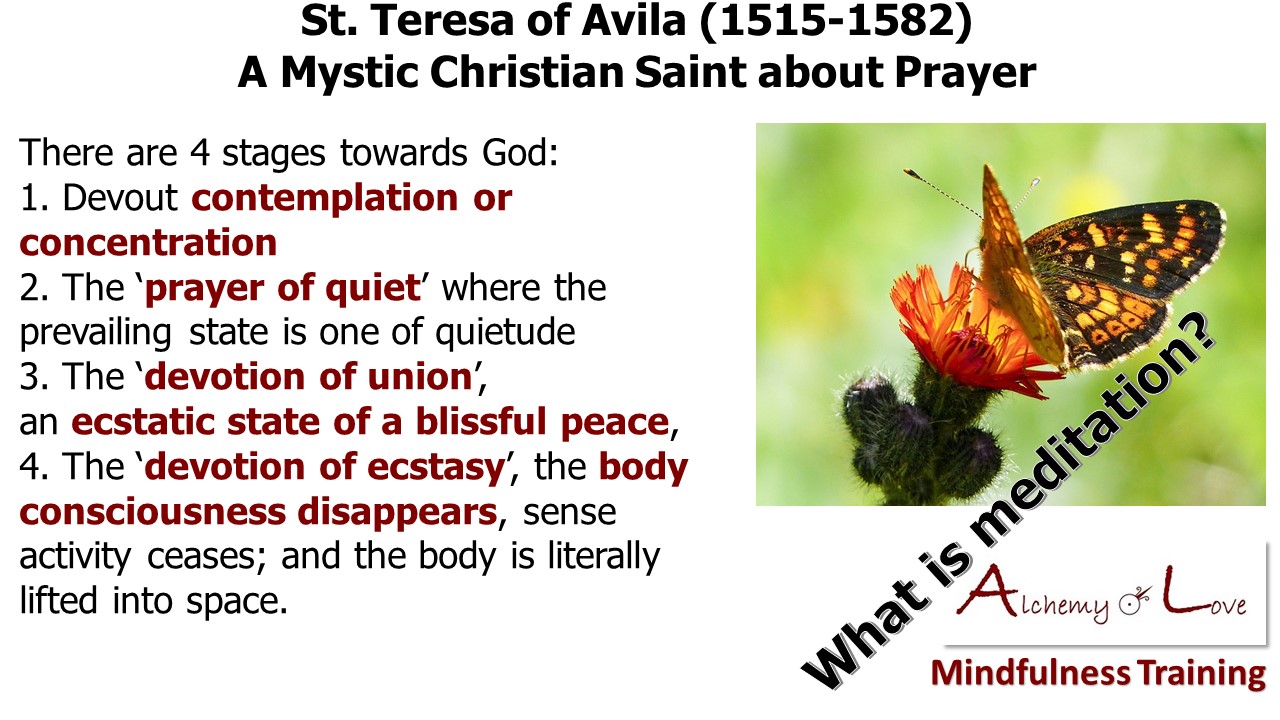about Soul and Sounds from Female Shamans of Ancient Greece
Friday 12 July 2019 at 1:13 pm
Ancient Egypt Sound Č (of Grčka or Greece, mačka or cat, China, or Chill, or Tao Te Ching) Frequencies
Researching Ancient Egyptian 3 scripts (hieroglyphs, the sound based Egyptian, and Ancient Greek) in Rosetta Stone
Took me ages but couldn't resist, going through the sounds, images, symbols, one by one, comparing three ancient scripts of the most amazing Rosetta Stone!!!
The Rosetta Stone Basalt Slab from Egypt 196 BC in the British Museum, London, UK
Seeing the Rossetta Stone online, I went into the exploration of the sound Č, the most amazing hidden H, of our beloved sacred / secret Ya-Ho-Wa story The God Vibration.
A starting point for understanding our ancestors ancient wisdom is that according to our sages, the Human (Čovek in Slavic) is the meeting place of Heaven and Earth, for many represented as the number 10, symbolically depicted as the cross, and during the journey to the enlightenment going back towards God, or Theos...
On this journey of Tao sent forth by Chi as the three folded manifestation of frequencies through the methaphysics of sounds. The Tao of Logos was lost within the Mystery of Babylon Tower for some of the generations, yet for the consciousness researchers who wish to demistify the magic and explore esotheric teachings, here we go again...
Going back many thousands of years, we find that some of our wise ancesors mastered the magic of sound and its frequencies, creating extra-ordinary art using the sacred symbols, expressing cosmic, universal, conscious and subconsciousness concepts of divine and God giving us a possibility to learn the philosophy of their time.
Ancient Egypt, you must have guessed, at the centre of Mediterranean, where some wise sages believed that our souls pulsate with the rhythm of magic - HK was the name given to this magic = H as the frequency of Supreme God that expresses IT-SelF through every single individual soul or Ka. Ka / Ba, our soul, they believed has many parts. One of them is the physical body, the spiritual body, the name identity, the personality, the double, the heart, the shadow, the power, and the ꜣḫ finally, that is the symbol used for the soul of the dead once it has completed the transition through the afterlife. How deep and complex the Theology of our ancients was, and how much we can all learn, exploring its secrets.
H aDaM and the Magic of Sound
Just about the same time, within Genesis or Old Testament, better known as the Old Bible we find the creation myth written as:
H aDaM
Following sacred H through the esoteric studies of our priests, and sacred books, reading it as the Sound of God, we get a beautiful undistorted translation of this phrase to be:
H has created D and M
H (as the name of God) creates:
D as the Male principle, the YanG of consciousness manifestation, creating sounds of D, TH, G, B or R (Dio, Theo, Bog, Beauty, Ben as Chinese for White, Brahma, God, or Ra) and
M as the Female, left, Yin manifestation of the Life force. M that is the first element, water, with the moon as its symbol, M that is MLKVTH, the first on Earth or the last in Heaven, the 10th Sphere of the Tree of Life, symbolically presented as the Eye of Horus in Ancient Egypt.
The Bible uses the word אָדָם (aDaM) in all of its senses: collectively as the mankind, (Genesis 1:27), gender non-specific as "man and woman" together as in Genesis 5:1-2, as for a male or in the collective sense, and the interplay between the individual "Adam" and the collective "humankind", After the creation, the context of sex is absent; the gender distinction of "adam" is reinforced later when defining "male and female".
To our ancestors FiSH would have been a sacred animal given by Gods to all of the nations, so within various languages we find: RiBa (in Slavic), PeZ in Spanish, HuT in Arabic, all expressing the Gift from GoD. Our ancestors saw ReD as the sacred female colour so we got CRVeN (in Slavic), HoNG in Chinese, HaMRA in Arabic.
Within many different traditions, we hear our priests narrating the same story. We find the same symbols combined within the Ancient Chinese MinG that is the merge of Ri for Sun and Yue for Moon, meaning = Bright, or in the Ancient Egyptian creation myth within AmoN Ra.
Read more
Neolithic Wisdom Symbols and Sound Frequences of Balkan Barberians 6,000 BC
Sunday 30 June 2019 at 2:08 pm
Neolithic European wisdom, symbols and Sound Frequences found in 21 divine Sounds within our Languages
Around one hundred years ago, at the Nuzi site of northern Babylon, an egged shaped envelope with forty nine pebbles inscribed with Cuneiform inscription describing the herd of goats and lambs, was found. We now only have the record of the archaeologist Schmandt-Bessart describing the excavation published in 1992. It wasn't until much later that the Archaeologists of our little planet have challenged the description of the pebbles and symbols found on the site. In the eighties, identical small clay artefacts were found at Near Eastern Neolithic sites. Archeological Findings of Neolithic Europe,
Fragment of a clay vessel with an M-shaped incision Neolithic Europe Vinča Serbia Danube 5,300 BC
Read more
Monday 27 May 2019 at 3:36 pm
In the course of human evolution, people learned to live together, first in small isolated groups, than in larger communities and some of the societies became civilizations. Now, I can bet that you did not know that the first European town-settlement was Lepenski Vir now dated to 9,500 BC. You might say, Plovdiv, in Bulgaria - 6000 BC. Plovdiv is by far the oldest city in Europe, having been founded about 6000 BC... Or Athens, in Greece with its first settlement dating to 3000 BC.
Or perhaps Lepenski Vir, dated to 9,500 BC to 6,000 BC.
The Oldest European Town Lepenski Vir Sculpture
I am now talking about the real cultures, unlike the ones that are only within our mythology, such as Atlantis. Going back to the very cradle of civilization we find:
The Persian civilization and the Ancient Greek Civilization during the period: 2700 BC– 200 AC
Of course, there is Ancient China, it was around 2700 BC that the legendary Yellow Emperor began his rule, The Mayan Civilization, 2600 BC – 900 AC that flourished in Central America. According to them, the world was created on August 11, 3,114 BC, the date from which their calendar begins. So not even they could imagine a culture that is as old as 6,000 BC.
The Indus Valley Civilization, covers the period of 3300 BC–1900 BC. Along with Ancient Egypt and Mesopotamia, it was one of three early civilizations of the ancient world. The peak phase of this civilization was from 2600 BC to around 1900 BC. A sophisticated and technologically advanced urban culture is evident in the Indus Valley civilization. The Mesopotamian Civilization, from around 3300 BC to 750 BC is where civilized society truly began to take shape. They prospered in the regions of modern day Iraq, then known as Babylonia, Sumer, and the Assyria Highlands.
When you speak of anything earlier you get really excited if you find a skeleton dated some 1,000s of years or a cave with arts that goes back a 1,000 of years. The time-line of the Megalithic cultures in Europe, known for constructing the megalithic temples are 3,600 BC: in Malta (Ġgantija and Mnajdra temples); 3,000 BC: Constructions of Ħaġar Qim and Tarxien, and 2,800 BC: Construction of Stonehenge in the UK.
Each civilization contributed to our consciousness and subconscious development in many ways: with new inventions, art, philosophies, lifestyles, etc. From the very cradle of civilization to our children, who we are, is the result of all our learnings.
This relatively recent archaeological finding became extremely interesting when we place the time frame to the settlement and we realise that we are not in the middle of discovery of 1 cave or 1 wall or 1 house but a settlement of 136 homes.
Read more
Learning from God Minos
Tuesday 21 May 2019 at 1:00 pm
A Macedonian lady just told me that her name is Manče and that the name does not mean anything. Coming from such an ancient place, guarding goodness naturally, I was certain that her name hides a higher mystery. My research went back and found the name of the 13th century rulers of these lands (Croatia, Bosnia, Macedonia, Albania) carrying the same name and all claiming supremacy over its origins. So this research, for me, became even more interesting, it went down the history lane of this amazingly mixed universe of Balkan countries.

Michelangelo Judge Minos in The Last Judgment Rome
Read more
Learning from St. John and Dionysius 500 AC
Monday 20 May 2019 at 11:54 am
Learning from St. John and Dionysius 500 AC
Dionysius, a Syrian monk who in 500 AC, has devoted his life and research to our Mother Philosophy and her Sister Theosophy, in his noble attempt to unite Neo-Platonic Philosophical thought and Christianity with its mystical experience of god or divine. Known only by his pseudonym, Dionysius, he wrote a series of Greek treatises and for this work he was loved and respected by many. Not able to prove his true name, many a historian and consciousness researcher have gone back to his writings, and as it usually is some have tried to claim the supremacy of his thought, either by plainly copying his concepts or by calling themselves by his-own name.
A large segment of researchers of medieval Christian spirituality do agree with his research and conclusions. For further info check his book: “On the Divine Names”, “On the Celestial Hierarchy”, and “On Mystical Theology”.
God’s transcendence or its divinity is essentially experienced as the pair of opposites: grace and judgment, being and non-being, time and eternity.
Read more







